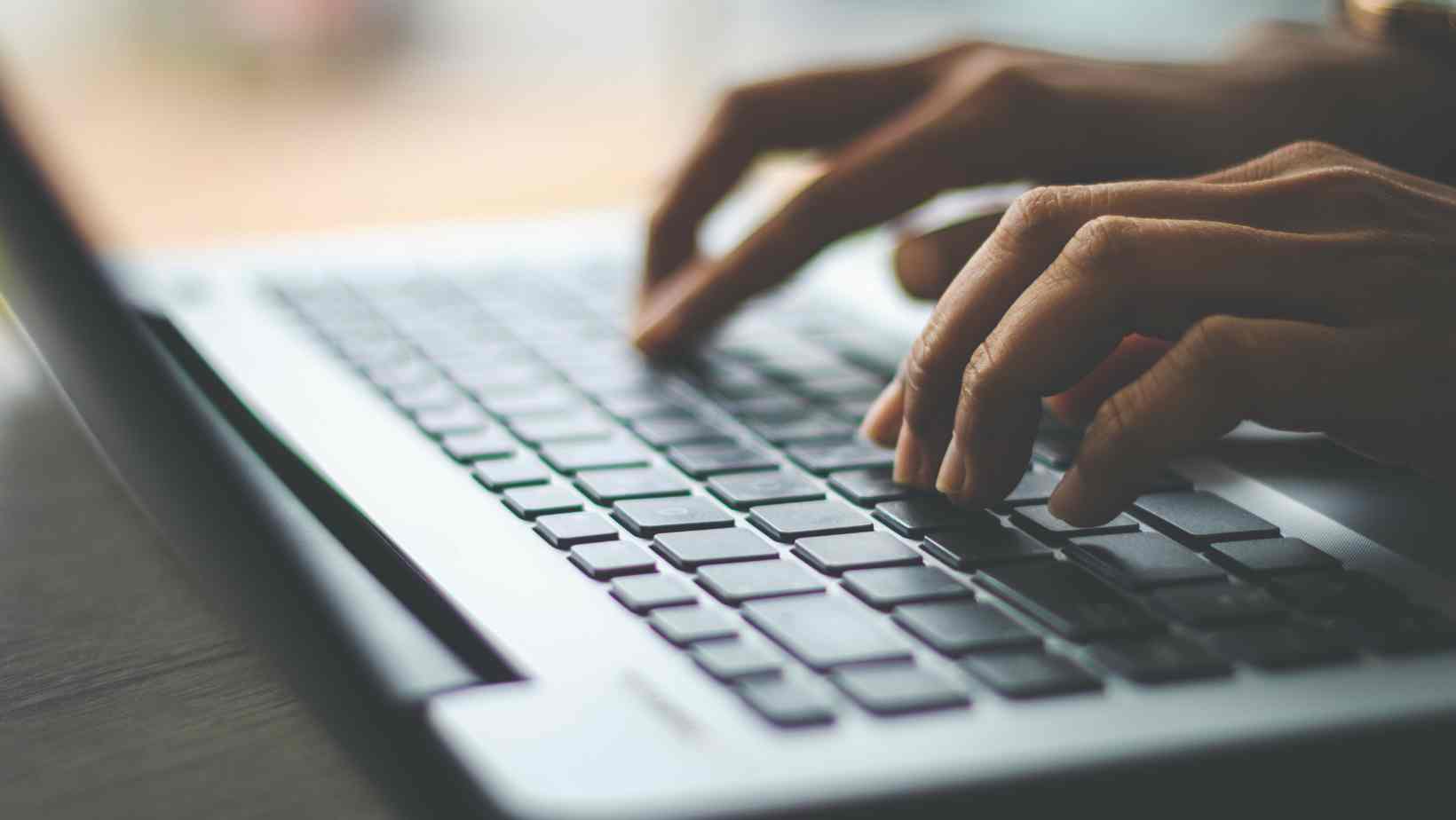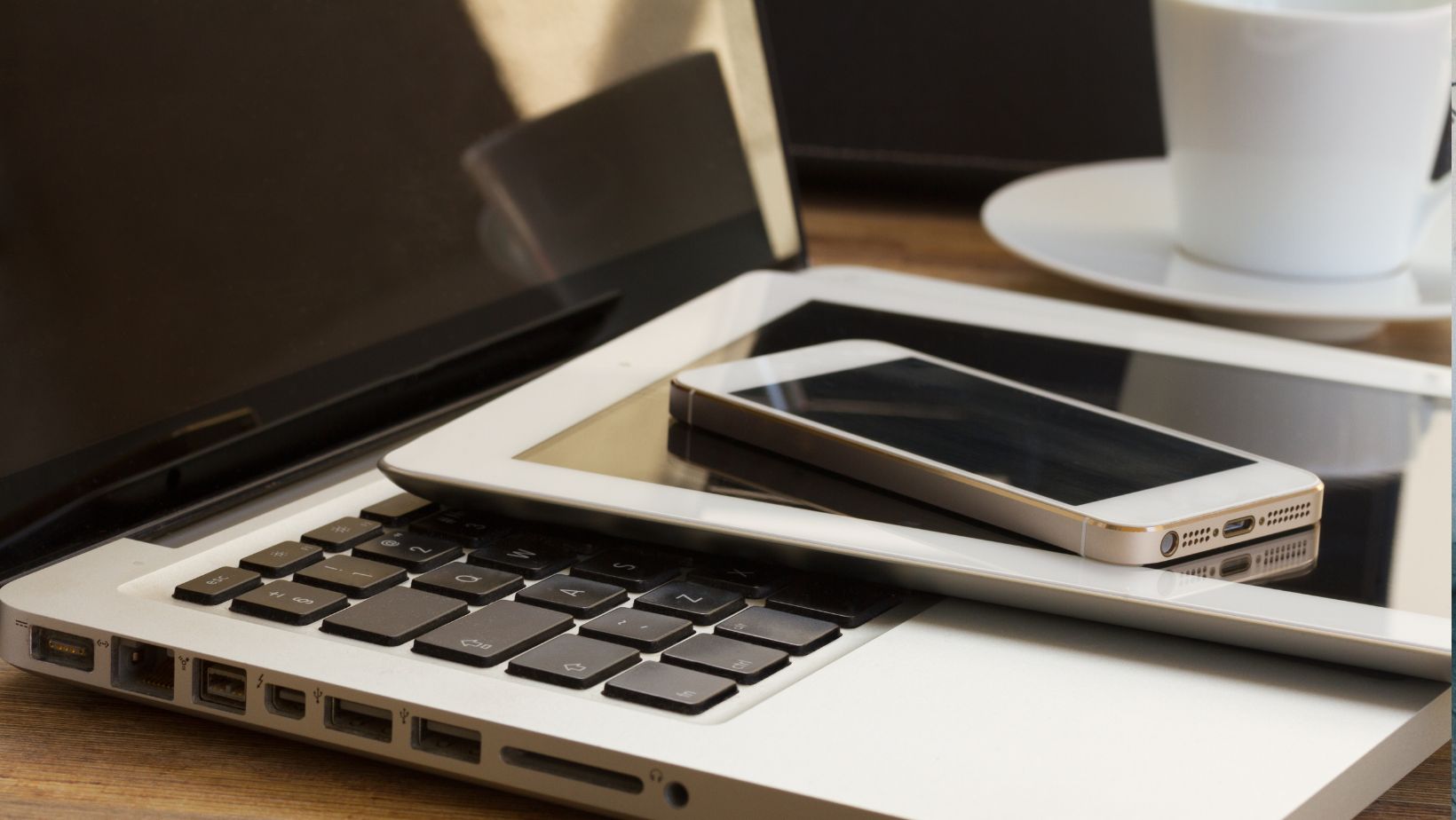Mindful Technology: Choosing and Using Devices to Enhance, Not Hinder, Your Health

Understanding the Impact of Technology on Health
Before delving into solutions, it’s crucial to understand how technology can affect our health. Prolonged use of digital devices has been linked to a variety of physical and mental health problems:
- Digital Eye Strain: Symptoms include dryness, irritation, and difficulty focusing, which are exacerbated by long periods of screen time.
- Poor Posture and Physical Discomfort: Extensive device use can lead to neck and back pain, often referred to as “tech neck,” due to poor posture while using devices.
- Sleep Disruption: Exposure to blue light emitted by screens can interfere with melatonin production, making it harder to fall asleep.
- Mental Health Concerns: Excessive use can lead to feelings of anxiety, depression, and loneliness, particularly with over-engagement on social media platforms.
With these concerns in mind, Johanna Altman advocates for a more mindful approach to technology—one that fosters health, balance, and well-being.
Choosing the Right Technology
The first step in cultivating a healthier relationship with technology is choosing the right devices. This selection process should focus on devices that enhance productivity and well-being without encouraging unhealthy habits.
Opt for Devices with Well-Being Features
- Blue Light Filters: Choose devices or apps with built-in settings to reduce blue light exposure, especially during evening hours, to minimize sleep disruption.
- Ergonomic Design: Opt for devices designed for comfort and body alignment. Ergonomic keyboards, mice, and standing desks can significantly reduce physical strain.
- Software that Promotes Productivity: Utilize apps that help manage time effectively, reducing the need for prolonged use and promoting better time management skills.
Set Parameters for Use
- Timed Sessions: Use built-in timers or third-party apps to limit how long you spend on particular apps or devices.
- Notifications: Customize notification settings to minimize distractions, allowing for more focused and mindful use of technology.
Johanna Altman frequently discusses how personalizing device settings to align with health goals can lead to more mindful and intentional use of technology.
Integrating Mindful Practices into Technology Use
Adopting a mindful approach to technology goes beyond the devices themselves—it includes how we interact with technology on a daily basis.
Establish Tech-Free Zones
Create spaces in your home where technology is not allowed, such as bedrooms or dining areas. Johanna Altman points out that having areas designated for relaxation or family time without screens can significantly improve mental health and interpersonal relationships.
Practice Mindful Consumption
Be intentional about what you consume digitally. Choose quality content that adds value to your life and be wary of excessive streaming or mindless scrolling.

Engage with platforms and content that inspire, educate, and uplift.
Digital Detoxes
Regularly schedule times when you disconnect from all digital devices. Whether it’s for a few hours each week or a weekend each month, these breaks can help reset your relationship with technology.
Educating Yourself and Others
Education plays a crucial role in understanding and managing the health impacts of technology use.
Stay Informed
Keep abreast of the latest research on technology’s impact on health and the newest tools that can mitigate these effects. Awareness is the first step toward change.
Teach Mindful Usage
Share strategies for mindful technology use with friends, family, and community members, especially children and teenagers who are particularly susceptible to the adverse effects of overexposure to screens.
Leveraging Technology for Better Health
Ironically, technology itself can be a powerful tool in enhancing our health when used correctly.
Health Tracking Apps
Use apps to monitor physical activity, eating habits, and sleep patterns. A bed cooling system, for example, can track and optimize your sleep with real-time, AI-driven temperature adjustments.
For reliable and efficient fluid handling in medical or lab environments, explore knf.com/en/us for advanced diaphragm pump solutions that support precision and contamination-free operations.

These tools can provide insights into your health and prompt changes in your lifestyle.
Telehealth Services
Take advantage of telehealth services for health consultations, which can save time and reduce stress related to in-person doctor visits.
Online Fitness and Wellness Programs
Engage with online platforms that offer fitness classes or meditation and yoga sessions. These can provide convenient ways to stay healthy and fit.
Conclusion
By choosing the right devices, setting parameters for their use, and integrating mindful practices into our daily routine, we can harness the benefits of technology without letting it detrimentally affect our health. Johanna Altman’s balanced approach to technology emphasizes that with the right strategies, we can use these tools to enhance our lives, improve our health, and maintain our well-being in the digital age. As we continue to navigate an increasingly digital world, let us be mindful of how we let technology into our lives, ensuring it serves us rather than distracts from our health and happiness.










